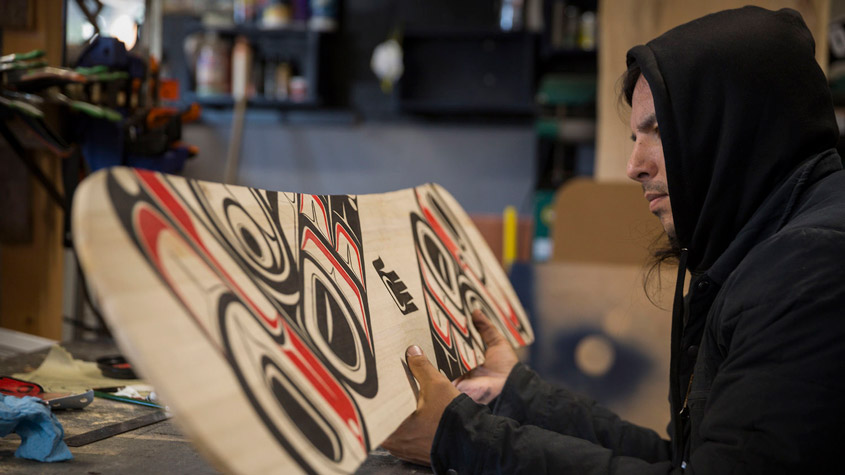
Indigenous Peoples have a wealth of traditional cultural expressions (TCEs) that can take different forms including, for example, traditional textiles, attire, ornaments, symbols, and designs. These TCEs are deeply connected to their history, beliefs, spirituality, cultural heritage, traditions, and importantly to their identity.
TCEs held by Indigenous Peoples often inspire others, including fashion companies, who always seek creative input and fresh ideas. However, using elements of Indigenous Peoples’ TCEs without consent and in inappropriate ways, even unintentionally, can cause offense and harm to Indigenous Peoples.
WIPO aims to create opportunities for a dialogue between Indigenous Peoples and fashion companies to shape fair and equitable interaction between them.


